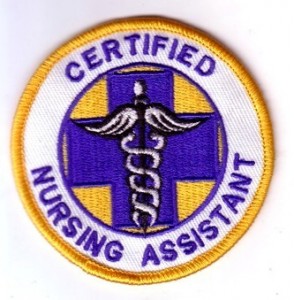So a lot of people have been chatting about the Center For Naval Analyses’ new report, “The Navy at a Tipping Point: Maritime Dominance at Stake?“. As much as I like digging into a good Navy study, the broad-brush imprecision of CNA authors worries me. Use caution before citing this report as a decision document. 
Take this statement, defining the qualities of 3 “dominant” navies (Portugal 1470-1540; Netherlands 1600-1670; Britain 1713-1920):
Their challengers were focused on land conquests and regional power, while these nations built forces with global capabilities (long-range ships with sustainment and access). Their forces led the way in innovation of new platforms, materials, weapons, and operational thinking (caravels, fluyts, dreadnoughts). They also commanded more than 50 percent of the capital ships of their time (CVNs, big deck amphibs, TLAM shooters, SSNs, and SSBNs).
On a macro level, fine, OK, I’ll buy that. But please, somewhere, acknowledge that this is imprecise. I mean, by 1914, Britain had 34 dreadnoughts. The rest of the world had, oh, 56.
And leading the way in innovation? It’s like the French “Jeune Ecole” never happened. What about Britain’s lack of appreciation for wireless technology? Or that France was the first to build an ironclad vessel?
What about industrial heft? Might the ability to build and rapidly exploit the best ideas in naval thinking be, oh, kinda important? Sorta? Maybe? Japan envisioned the first dreadnought, but couldn’t supply the guns. So the UK rushed in, and well, perhaps that’s why we call ’em Dreadnoughts rather than Satsumas…
Oversimplify and researchers end up supporting a pre-existing bias.

Comments on this entry are closed.